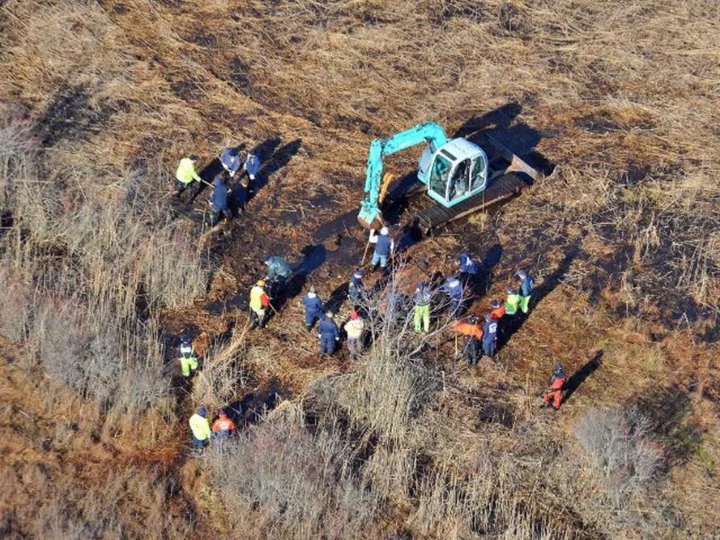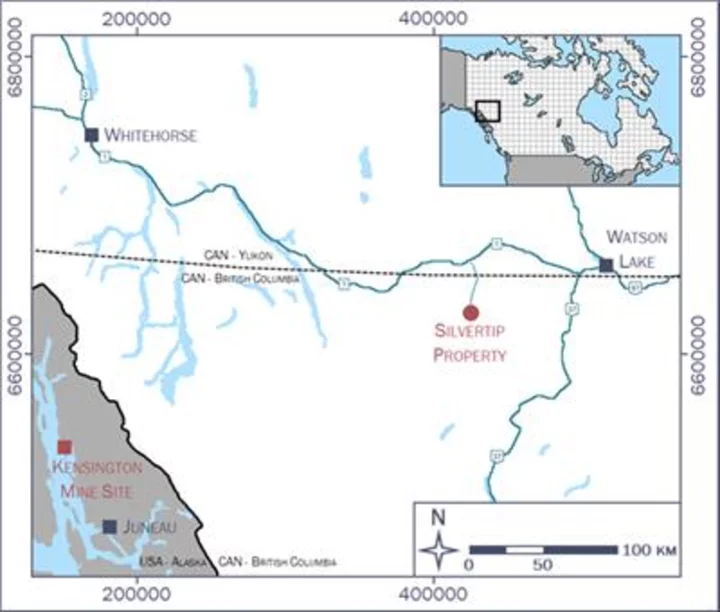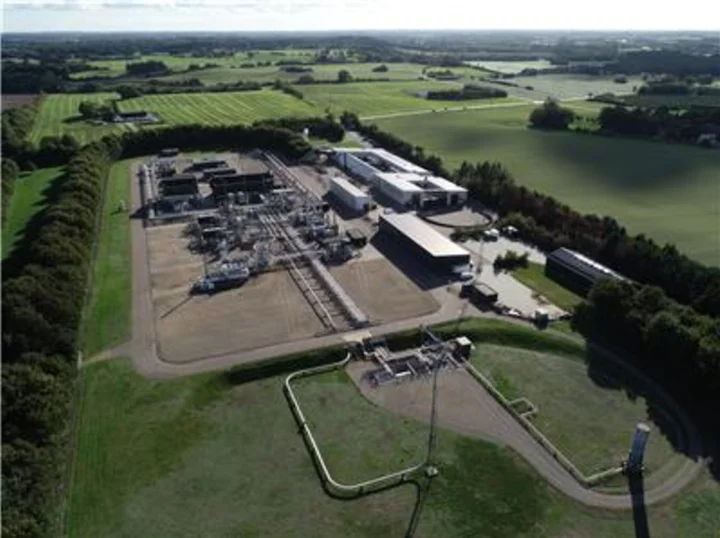The universe went in “extreme slow motion” at its beginning, and has dramatically sped up since, scientists have found.
The discovery, predicted by Einstein’s general theory of relativity, was finally confirmed after scientists observed the universe soon after the Big Bang.
Einstein’s theory suggests that we should be able to see the distant universe, when it was much older than it is today, running much more slowly. But scientists have not been able to actually look that far and confirm the theory.
Now scientists have used bright quasars as a sort of space clock, allowing them to measure time when the universe was much older than it is today.
“Looking back to a time when the universe was just over a billion years old, we see time appearing to flow five times slower,” said Geraint Lewis from the University of Sydney, lead author on the new research.
“If you were there, in this infant universe, one second would seem like one second – but from our position, more than 12 billion years into the future, that early time appears to drag.”
Professor Lewis and other researchers gathered data from 200 quasars for the research. Quasars are very active supermassive black holes that sit in the middle of early galaxies, and hence provide a reliable way to look back at a much younger universe.
Previous researchers have done the same using supernovae, or massive exploding stars. Those are useful but they are also difficult to see at the very very long distances of the early universe, meaning that the confirmation was limited only to about half the age of the cosmos.
Now by using quasars scientists were able to look much further back, to just a tenth of the age of the universe, when it was only a billion years old.
“Thanks to Einstein, we know that time and space are intertwined and, since the dawn of time in the singularity of the Big Bang, the universe has been expanding,” Professor Lewis said.
“This expansion of space means that our observations of the early universe should appear to be much slower than time flows today.
“In this paper, we have established that back to about a billion years after the Big Bang.”
The work is described in a new paper, ‘Detection of the cosmological time dilation of high-redshift quasars’, published in Nature Astronomy.
Read MoreAstronomers discover ‘shooting stars’ on the Sun
Tonight’s ’supermoon’ will be biggest full moon of 2023 so far – here’s how to see it
Euclid: UK-backed space mission takes off to uncover mysteries of dark universe
Astronomers discover ‘shooting stars’ on the Sun
Tonight’s ’supermoon’ will be biggest full moon of 2023 so far – here’s how to see it
Euclid: UK-backed space mission takes off to uncover mysteries of dark universe









